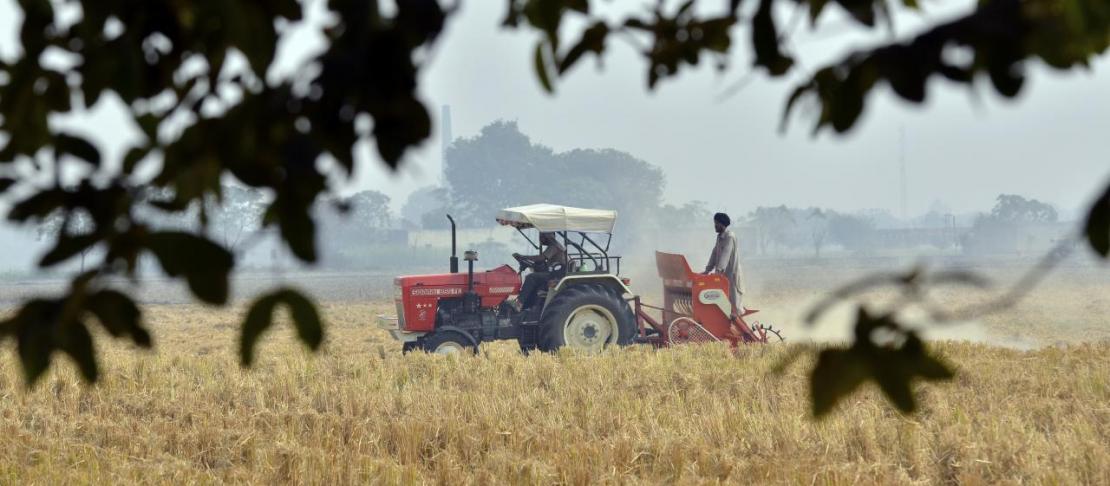What are the opportunities for South Asia in the face of climate change?

by Bruce Campbell
In 15 years, the globe will have another 1 billion persons, many of them in South Asia. South Asia is also a climate change hotspot as shown in the report by Ericksen and colleagues in Mapping hotspots of climate change and food insecurity in the global tropics. The region is marked by high sensitivity to climate change and relatively low adaptive capacity, because of widespread rural poverty. The region has also been hit by various extreme weather events in the last few years. For example, the major flood of 2007 caused losses in rice yields in the order of a million tonnes in Bangladesh. Rainfall variation within and between years is expected to increase. Himalayan glaciers that account for about 9% of flow in the Ganges are receding, and one anticipated outcome is a rise in the frequency of floods caused by glacial lake outbursts.
Climate change does bring opportunities. South Asia can look to other regions for some inspiration. For example, Costa Rica is using the UNFCCC process of Nationally Appropriate Mitigation Actions (NAMAs) to revitalize its coffee industry – to increase production, plant climate resilient varieties and to reduce greenhouse gas emissions. Australia has just passed legislation for its Carbon Farming Initiative, which will see farmers rewarded for activities that reduce greenhouse gas emissions or sequester carbon. Examples like this can provide clues to possible development pathways for countries and communities in South Asia.
But South Asia is also a region of innovation and opportunity. Nepal is well-known for its efforts in community-based management of forestry resources. India has some exceptional successes in crop risk insurance and in weather forecasting for farmers – both through public-private partnerships. Bangladesh has provided several examples of the successful community-based management of climatic risks. All countries of the region have developed action plans to manage climate changes. The inherent innovativeness of South Asia’s researchers, development practitioners, farmers and policymakers can see it lead the world in preparing for climate-smart agriculture – agriculture that is more resilient to climate change and has a lower environmental footprint. It is especially in the field of climate extremes that one needs leadership: dealing with floods, droughts, temperature and so on.
CCAFS South Asia’s initiative, climate smart agriculture learning platform (CSALP-SA), is one step towards cross-country learning and advancing knowledge on climate-smart agriculture.
More information
Read more about Climate Change, Agriculture and Food Security work in South Asia.
Bruce Campbell is the Director of the CGIAR Research Program on Climate Change, Agriculture and Food Security (CCAFS). To get more updates on our research in South Asia, follow us on Facebook and Twitter @Cgiarclimate.

